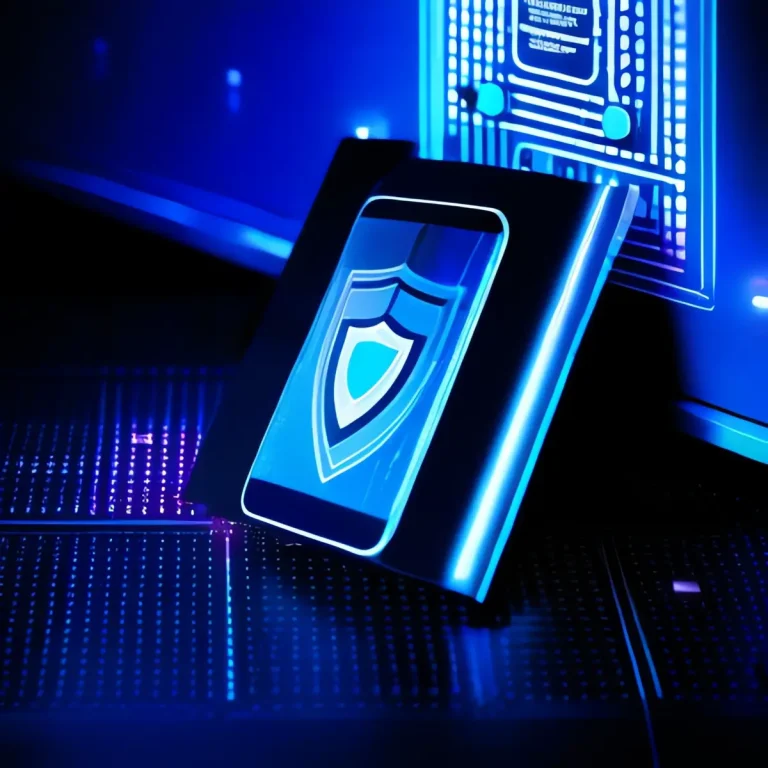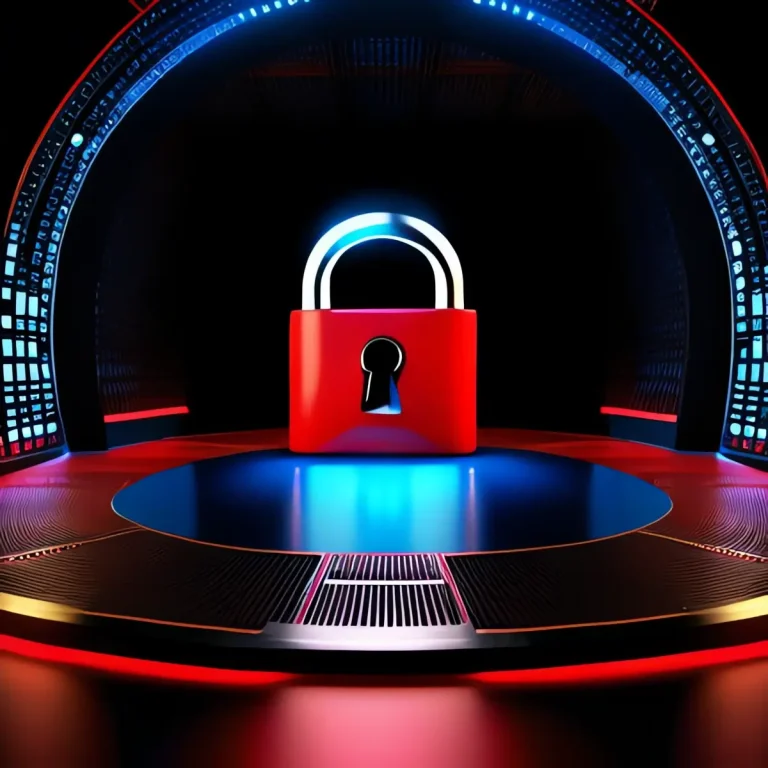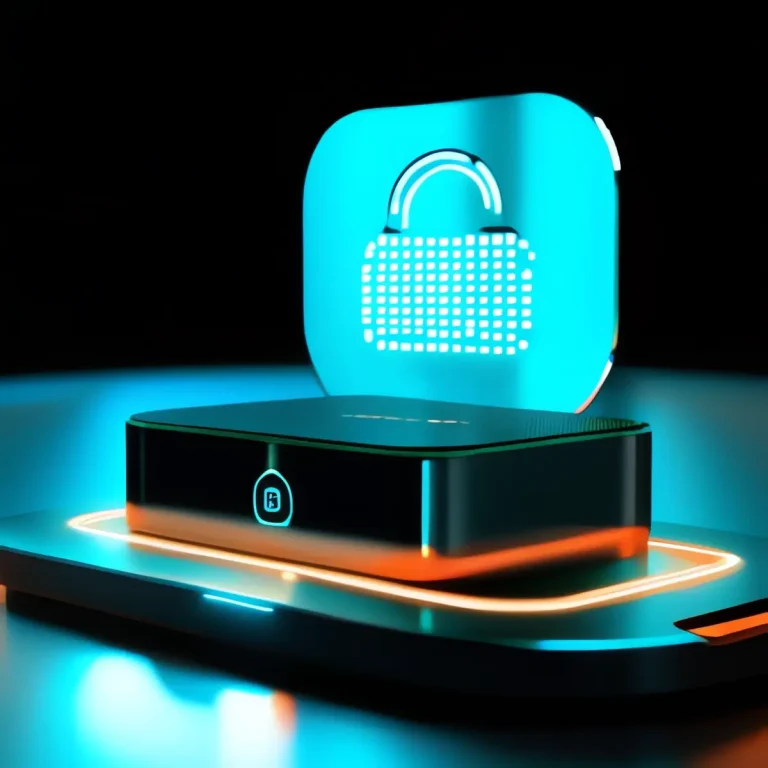Why You Need Mobile Push Notifications to Drive App Engagement

In a world where mobile apps compete fiercely for user attention, retaining users and keeping them actively engaged has never been more challenging—or more critical. One of the most effective tools for achieving this is the mobile push notification.
Whether you’re running an e-commerce app, a social platform, a news outlet, or a weather service, push notifications give you a direct line to your users. Used correctly, they can significantly increase engagement, improve user retention, and ultimately boost revenue.
But what exactly are push notifications, and how can they be leveraged to drive real value?
What are push notifications
A push notification is a short, clickable message sent from your app to a user’s device—even if your app is not open or running in the background. These messages appear directly on a user’s lock screen, notification bar, or home screen, making them a highly visible and immediate form of communication.
Push notifications can serve many purposes: alerting users to promotions, reminding them of activity, offering helpful tips, or even just saying, “Hey, we’re still here.” However, success lies in using them strategically. Overusing or sending irrelevant notifications can annoy users and lead to opt-outs—or worse, uninstalls.
Done right, however, push notifications can significantly boost app engagement and user loyalty.
How Push Notifications Boost App Engagement and Retention
Let’s explore the five key ways push notifications can enhance your app’s performance and user experience:
1. Recover Abandoned Carts or Incomplete User Actions
One of the most effective uses of push notifications in e-commerce or form-driven apps is recovering abandoned activity.
Let’s say a user adds products to a cart but leaves the app before completing the purchase. You can send them a timely notification like:
“You left something behind! Complete your purchase now—before it’s gone.”
The same principle applies to any incomplete user action—filling out a form, starting a registration, or booking a reservation. These gentle reminders can nudge users back into the app to finish what they started, significantly reducing abandonment rates and increasing conversion.
2. Bring Users Back with Strategic Reminders
Many apps struggle not just to acquire users—but to keep them coming back. Push notifications offer a powerful way to re-engage inactive users.
You can remind users of your app’s value by sending a friendly update, new content alert, or a limited-time offer. This works especially well in retail, lifestyle, and entertainment apps.
“Don’t miss our latest deals—new arrivals just dropped!”
“We’ve added new features—come see what’s new!”
Because these messages can be sent even when your app isn’t open, they’re incredibly useful for reactivating dormant users and keeping your brand top-of-mind.
3. Deliver Personalized Recommendations and Useful Tips
Push notifications become even more powerful when they’re personalized.
Using behavioral and contextual data, you can tailor messages to a user’s interests, location, and app usage. Examples include:
• A weather app notifying users in specific regions of an upcoming storm or heatwave.
• A shopping app recommending products based on past purchases.
• A fitness app suggesting personalized workouts based on the user’s goals.
These tailored, relevant messages drive far more engagement than generic broadcasts—and they show users that your app understands and serves their needs.
4. Announce New Features or Content
If your app evolves, your users should know about it—and push notifications are the best way to spread the word.
Whether you’ve added new features, fixed bugs, updated the design, or published new content (like blog posts, product launches, or news), push notifications ensure users are aware—and encouraged to explore what’s new.
“New blog post: 5 Ways to Boost Productivity with Our App—read it now!”
“Big update just dropped—check out the all-new dashboard.”
These notifications drive curiosity and build anticipation, which translates into more sessions and higher app retention.
5. Create Urgency with Time-Limited Offers
People act when they know the clock is ticking. Push notifications are perfect for creating urgency around limited-time deals, flash sales, or exclusive content.
Phrases like “ending soon,” “24-hour offer,” or “limited spots left” can increase click-through rates and conversions dramatically.
Examples:
“Flash Sale: 20% off today only—open the app now!”
• “Last chance to register—only 2 hours left!”
Used sparingly and thoughtfully, urgency-based notifications can turn casual users into active customers.
Final Thoughts: Use Push Notifications Wisely
Push notifications are among the most direct and cost-effective channels for mobile user engagement. But like any powerful tool, they require finesse.
The best results come from thoughtful, personalized, and well-timed messages that add value to the user’s experience—not just noise. Monitor performance, test variations, segment your audience, and continuously optimize your strategy.
In short: don’t overdo it, but definitely do it.
If you’re serious about engaging users and building a mobile experience they actually want to return to—push notifications aren’t optional. They’re essential.
Like what you’re reading?
Push0 is a privacy-first push notification service built for devs and marketers who care.
Try it free for 14 days — no credit card, no fluff.



